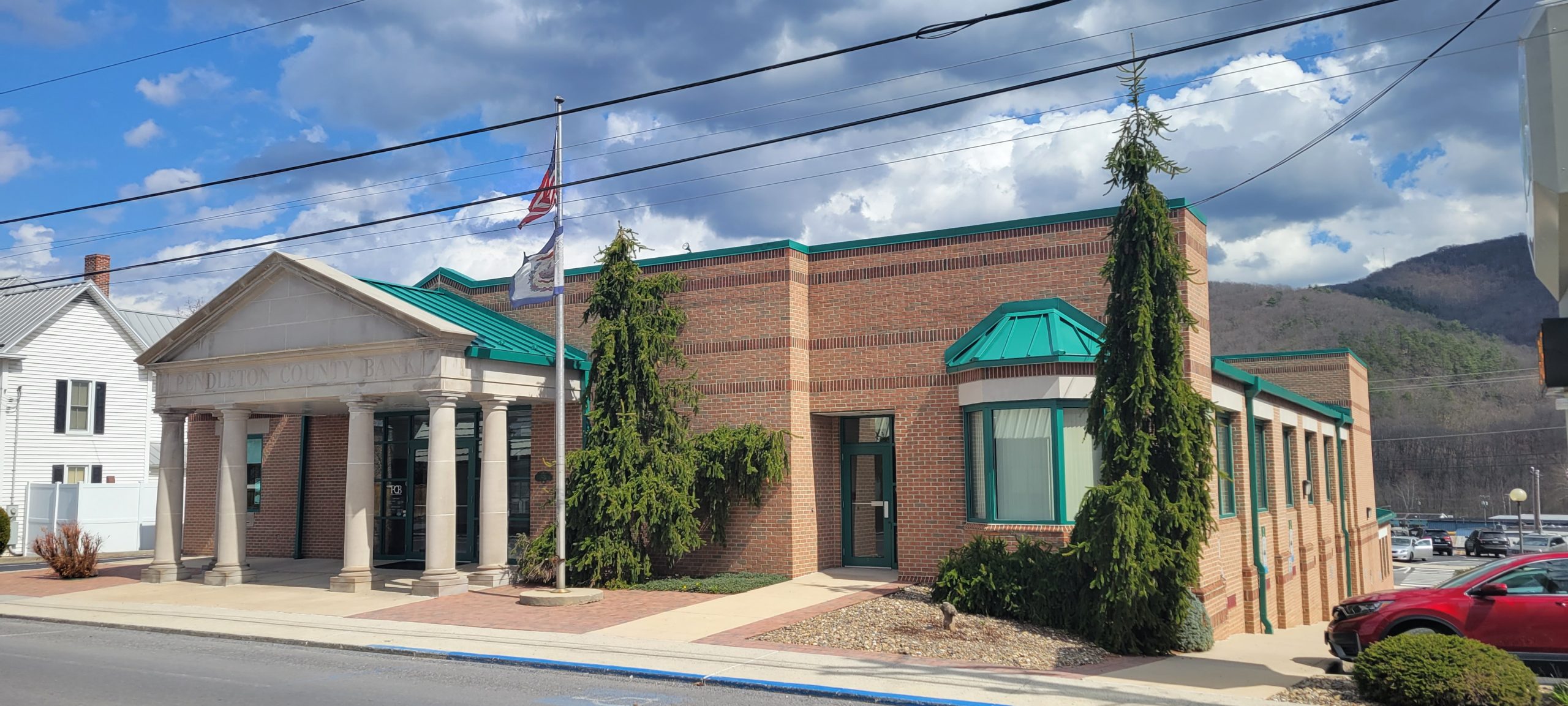
By Stephen Smoot
Three weeks ago Silicon Valley Bank, one of the largest in the United States, failed as poor news sparked a run by its depositors. That was followed by New York based Signature Bank. Later, Switzerland’s 167-year-old Credit Suisse failed and was purchased by UBS Group after it also failed.
As the global financial system comes together to keep more major banks from falling like dominoes, the mission and focus of the community banks that serve Pendleton County make them much more resilient.
Bill Loving, president of Pendleton Community Bank, explained that “we had two regional banks closed by the FDIC in California and New York. It’s important to explain that their business model is different from Pendleton Community Bank and other community banks.”
These banks, he explained, “are specialized institutions.” Silicon Valley Bank’s clientele included a large number of tech startups funded by venture capitalists while Signature Bank dealt heavily with online based cryptocurrencies.
“That in itself is completely different than community banks,” Loving explained.
Charlie Maddy, CEO of Moorefield based Summit Community Bank, explained that Summit just reported record earnings and growth in 2022, “does not participate in crypto-currency programs, is not concentrated in the tech sector, and we do not lend in the start up and venture capital markets.” Maddy additionally said, “we have a conservative operating philosophy and diversified portfolio of deposits, which we deploy in loans to businesses and clients in our communities.”
George L. Ford, president and CEO of Grant County Bank, added “Both . . . had large amounts of uninsured depositors who had balances in excess of the FDIC insurance limit of $250,000. Almost 94 percent of Silicon Valley Bank’s deposits were uninsured while Signature Bank was not far behind at 89 percent.”
Maddy described the convergence of events that led to the fall of Silicon Valley Bank. During the long period of historically low interest rates, depositors invested heavily in securities to the tune of $2 trillion in total across the nation. When inflation forced quick interest rate hikes, these portfolios “exposed financial institutions to significant unrealized losses.”
At this point, the bank “faced a liquidity problem due to slowing venture capital funding and tech companies accelerating deposit outflows.” When the bank’s moves to recapitalize and news of their $2 billion in losses hit the news, it cratered confidence in the bank and depositors abandoned the institution because the vast majority of their accounts were officially uninsured under FDIC policy.
This situation also drew the ire of US Senator Shelley Moore Capito, who asked West Virginia Metro News “where were the regulators? The regulators had to be looking at the SVB bank and saying to themselves the average amount of insured depositors at that bank was less than 10 percent . . . why did the regulators not put a red flag on it?”
The FDIC, or Federal Deposit Insurance Corporation, was founded in 1933 after Great Depression bank failures threatened to cripple the industry. According to its website, deposit insurance from this agency protects consumers “at thousands of FDIC insured banks across the country.” Deposits under $250,000 are “backed by the full faith and credit of the United States Government.”
“When the FDIC guaranteed deposits (for SVB), it reminded the public of the soundness of the system,” Loving said.
Additionally, banks are usually protected by the Federal Reserve Bank of the United States. The original and still vital purpose of the “Fed” lay in providing government loans to banks when they face mass depositor demand for their money, commonly called “a run.”
“In the Great Recession,” as Ford explains, “many banks failed, but their failures were telegraphed ahead of time due to increasing levels of problem loans in their portfolios. Silicon Valley Bank failed in three days as depositors rushed to withdraw monies held at the bank, causing a liquidity crisis.”
The strength of community banks, as Loving explains, comes from “our set of customers, which is diverse and represents all walks of life.” He added that “since 1925 we’re relationship forward, building long term trust. We live and work in the county.” Ford adds that “community banks tend to be well-capitalized and diversified. Silicon Valley Bank had all their eggs in one basket.”
Ford described how “community banks are focused on building relationships with local people and all sorts of businesses. Our bank is one of the best capitalized in the state, meaning we have a large safety margin built into our operation to ensure that we can handle any adversity.”
According to Loving, regulations put in place after the financial crisis in 2008 and 2009 are sufficient. “Dodd-Frank protects depositors and puts safeguards in place.”
Ford added that “I don’t expect there to be many community banks who will fail, again because they are well-capitalized, have a diversified customer base, and tend to be more conservative in the way they operate, as opposed to larger banks.”
Loving, Ford, and Maddy all reported that few customers expressed many concerns, that each institution’s careful and conservative approach has created strength and security, and that depositors in their banks had no reason to worry.
Finally, Loving shared his advice to those looking for banking services, saying “think local. Bank with people who live in the community.”



